Certain cities seem blessed with light that makes every moment feel like a magic hour—that coveted time when photographers chase perfect illumination and everyday scenes transform into cinematic masterpieces. These urban destinations offer more than just occasional beautiful sunsets; their geography, architecture, and atmosphere combine to create consistently stunning light throughout the day.
Whether through reflected light off water bodies, unique positioning relative to surrounding terrain, or architectural features that channel illumination in remarkable ways, these cities offer photographers and casual observers alike a continuous feast for the eyes. Here is a list of 15 cities where exceptional light is simply part of the urban fabric.
Lisbon, Portugal
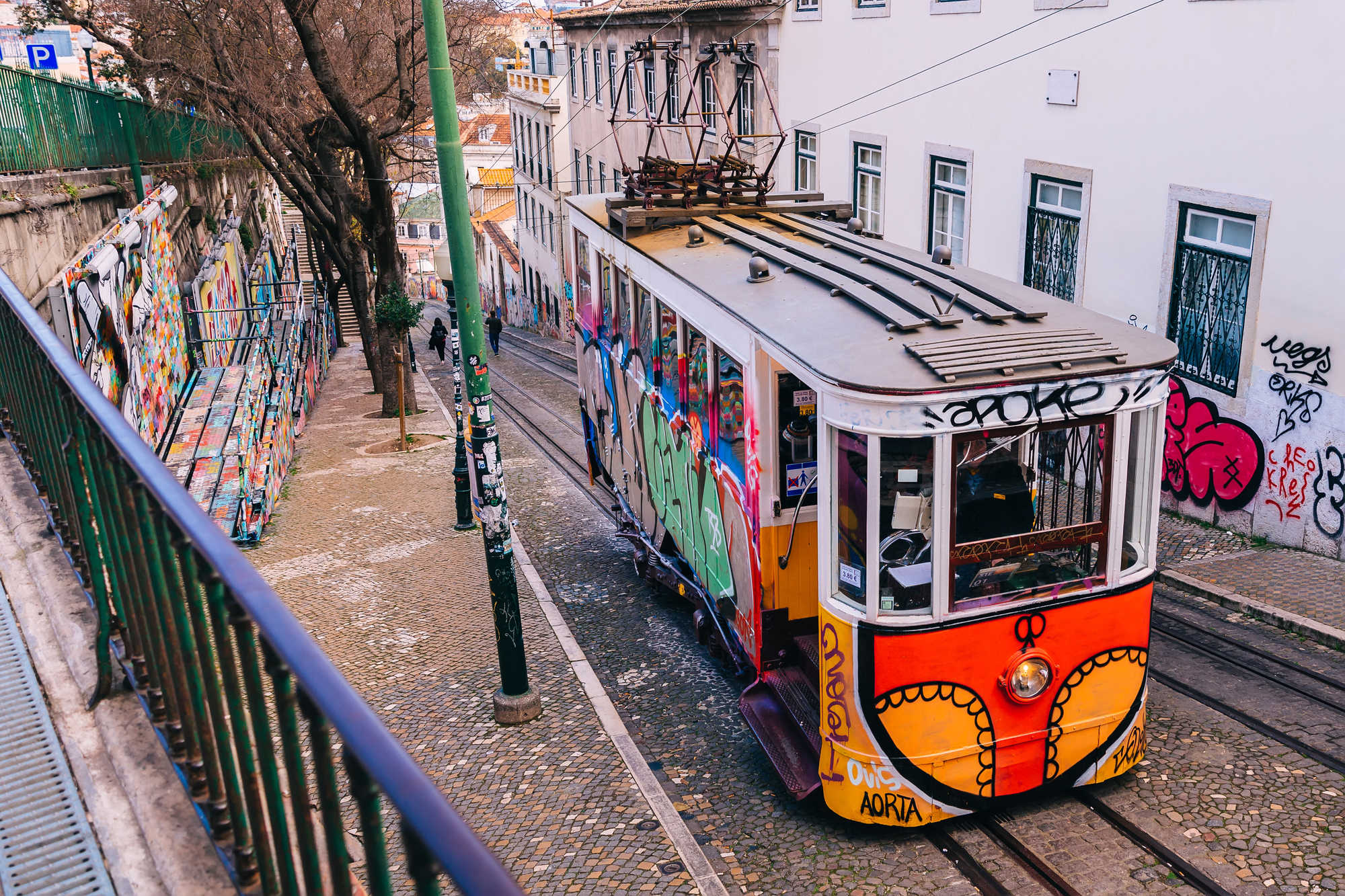
Lisbon’s hilltop position overlooking the Tagus River creates natural amphitheater lighting that bathes the city in warm tones throughout most days. The Alfama district’s narrow cobblestone streets channel light between weathered facades painted in soft yellows and peaches, while the river acts as an enormous reflector that bounces illumination back toward the city.
Even on overcast days, the light filtering through Lisbon’s atmospheric haze creates a dreamy quality that enhances the romantic character of this ancient capital. The city’s famous yellow trams become moving light catchers as they navigate steep streets lined with azulejo tiles that shimmer in the persistent glow.
Prague, Czech Republic

Prague’s Gothic spires and baroque domes catch the light at different angles throughout the day, creating a constantly changing interplay of shadows and illumination across the city’s red-tiled rooftops. The Vltava River winds through the heart of the city, reflecting light upward toward the castle district and creating double exposures of architectural landmarks.
Morning mist rising from the river often diffuses early light, while the late afternoon sun transforms the city’s warm-toned buildings into glowing beacons visible from multiple vantage points. The city’s position in a river valley surrounded by gentle hills creates natural light wells that seem to trap and concentrate golden illumination.
Like Travel Pug’s content? Follow us on MSN.
San Francisco, California

San Francisco’s unique microclimate and coastal position create dramatic lighting effects as marine fog interacts with bright California sunshine throughout the day. The city’s famous hills act as natural spotlights, casting defined shadows that emphasize the steep terrain while neighborhoods above the fog line bask in brilliant clarity.
The late afternoon light streaming through the Golden Gate’s opening illuminates the entire bay area with warm tones that rival any sunset. Even the frequent fog adds to the city’s photogenic qualities, creating mysterious silhouettes of Victorian architecture emerging from gray veils.
Florence, Italy
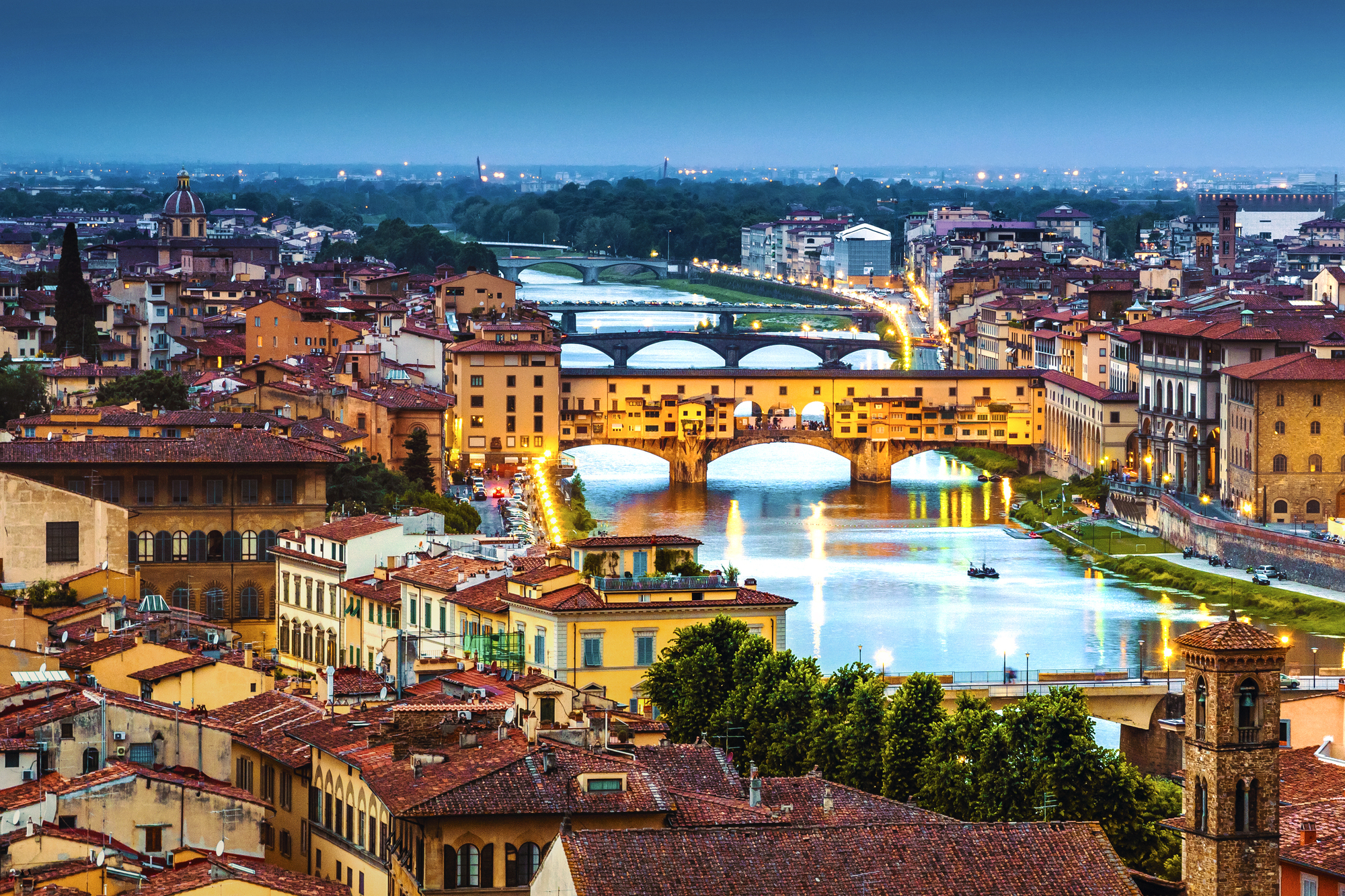
The Arno River valley’s orientation channels light through Florence in ways that seem designed to showcase Renaissance architecture at its finest. The city’s honey-colored stone buildings warm further under the Tuscan sun, while the surrounding hills create a natural bowl that concentrates and reflects light throughout the day.
Morning light filtering through riverside cypress trees creates dappled patterns on medieval streets, while the afternoon sun transforms the Duomo’s facade into a glowing centerpiece visible from every elevated viewpoint. The city’s artistic heritage seems inseparable from this exceptional light quality that has inspired painters for centuries.
Santorini, Greece
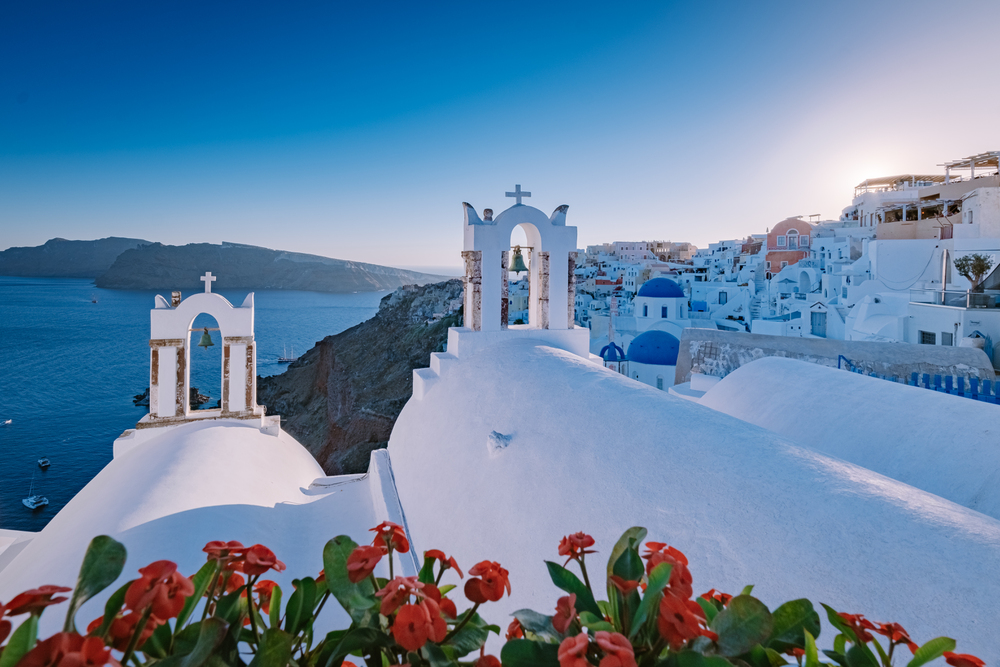
Santorini’s cliff-top villages capture and reflect Aegean sunlight in ways that make the entire island appear to glow from within. The white-painted buildings serve as massive light reflectors while the deep blue sea provides perfect contrast that intensifies the warm tones of traditional architecture.
The island’s volcanic orientation means that different villages experience peak lighting at various times, creating opportunities for golden-hour photography throughout the day. Even midday’s harsh light softens as it bounces between whitewashed surfaces and blue domes, creating the dreamy atmosphere that defines Cycladic beauty.
Like Travel Pug’s content? Follow us on MSN.
Havana, Cuba
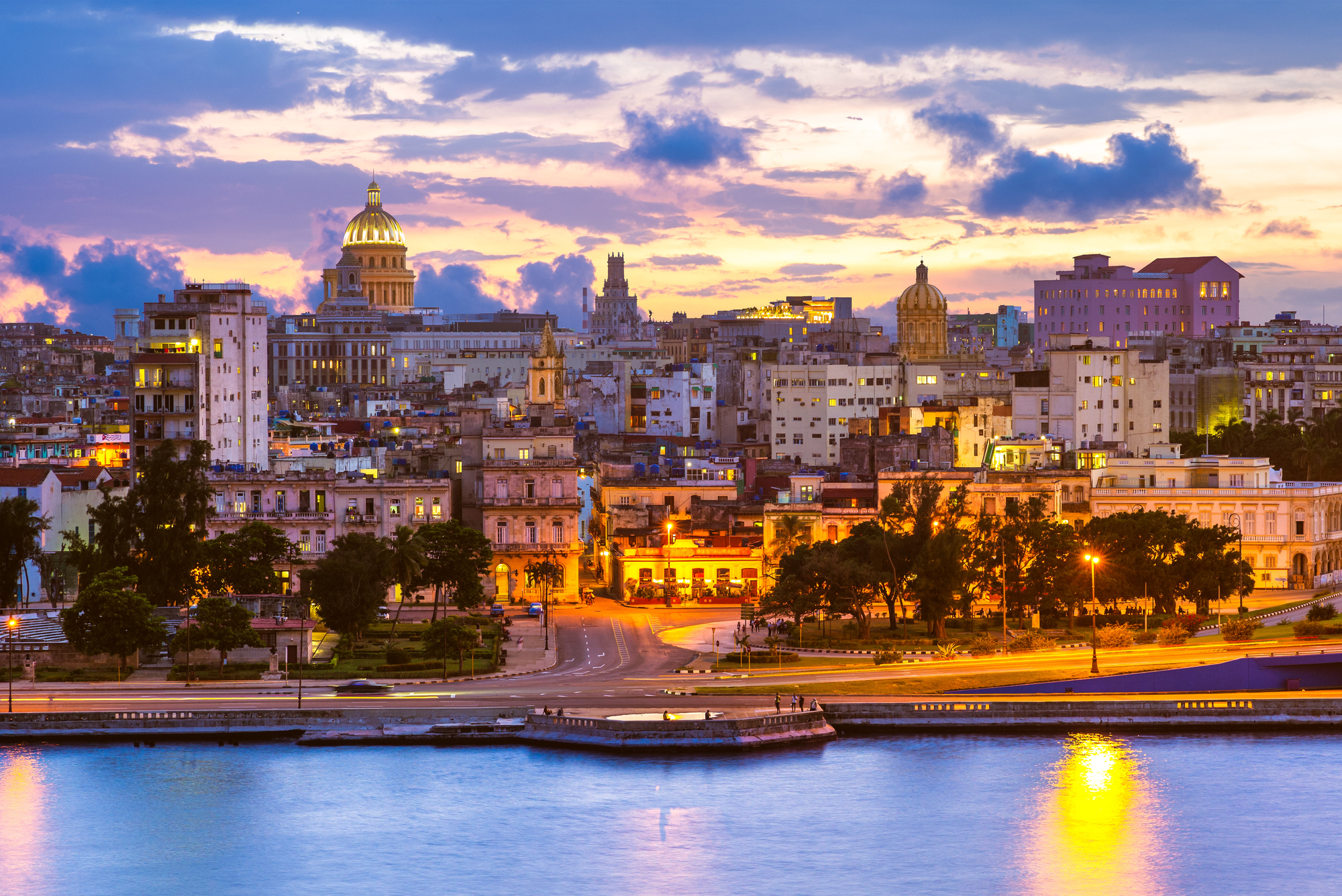
Havana’s colonial architecture and waterfront position combine to create lighting conditions that feel perpetually cinematic. The Malecón seawall reflects Caribbean light toward the city’s pastel-colored buildings, while narrow Old Havana streets create dramatic light and shadow patterns among baroque facades.
The city’s vintage American cars become moving highlights as they cruise sun-dappled avenues lined with architectural gems from different eras. Havana’s tropical latitude ensures strong light year-round, but the ocean breeze and frequent cloud formations provide natural diffusion that softens harsh shadows.
Edinburgh, Scotland
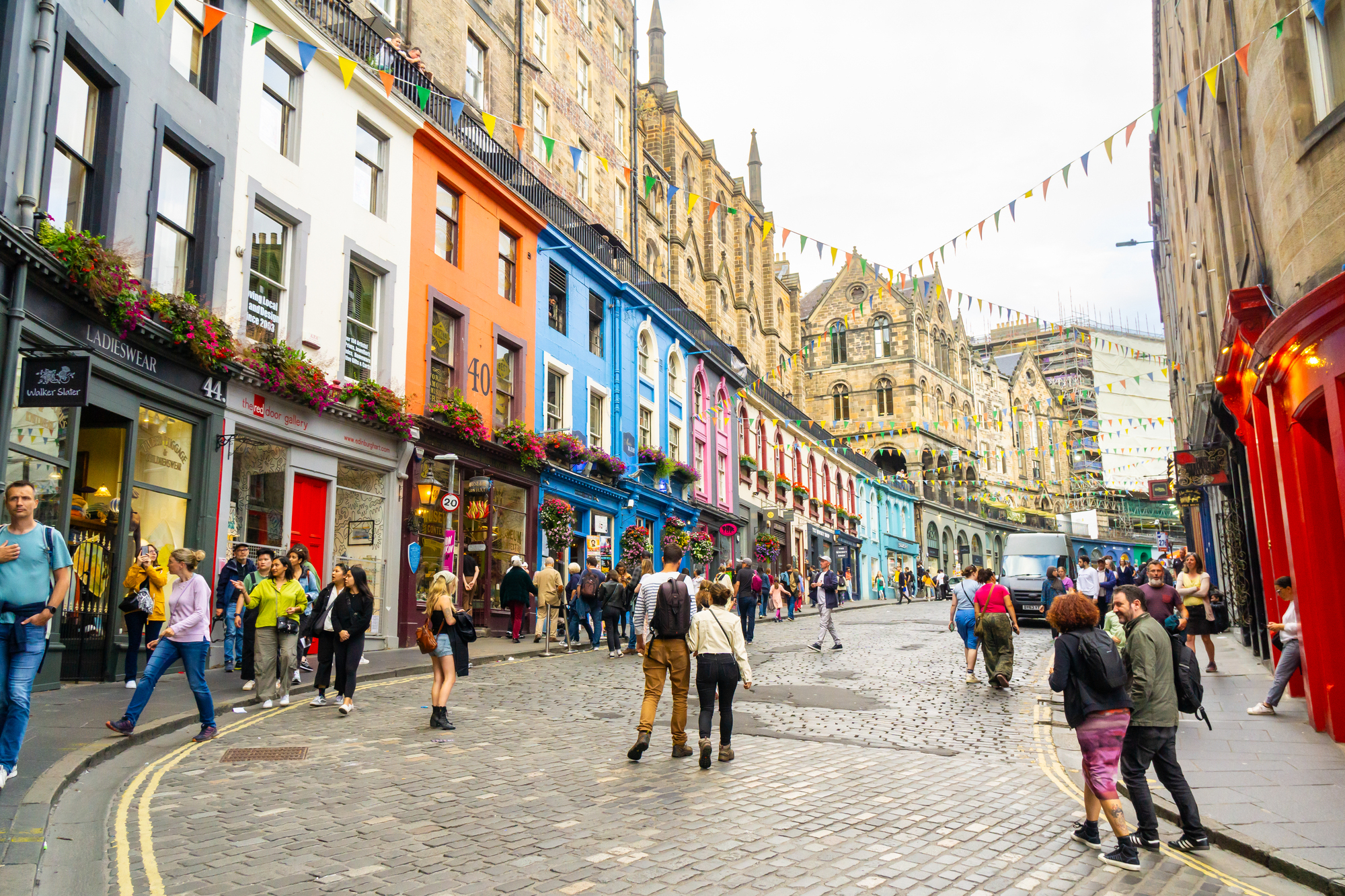
Edinburgh’s dramatic topography creates lighting effects that change dramatically throughout the day as the sun moves across the castle rock and volcanic hills surrounding the city. The medieval Old Town’s narrow wynds and closes channel light in unexpected ways, while the Georgian New Town’s wide streets and crescents capture and hold illumination like architectural light wells.
Scotland’s northern latitude means longer golden hours during certain seasons, extending the period when the city appears bathed in warm light. The contrast between dark volcanic stone and lighter sandstone buildings creates natural chiaroscuro effects throughout the urban landscape.
St. Petersburg, Russia
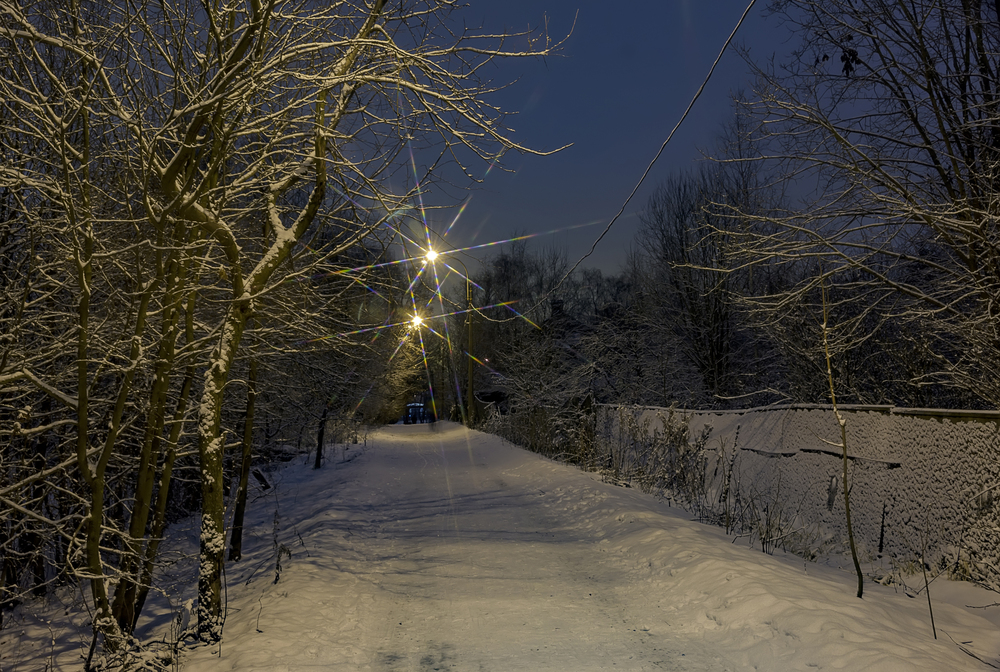
St. Petersburg’s northern position creates the famous “white nights” during summer months when twilight lasts for hours, bathing the imperial architecture in continuous soft light. The Neva River and numerous canals multiply available light through reflection, while the city’s baroque palaces and neoclassical facades provide perfect subjects for this unique illumination.
Even during darker months, the low-angled winter sun creates dramatic lighting across snow-covered palace squares and bridges. The city’s wide boulevards and grand squares seem designed to capture and display light across their impressive architectural ensembles.
Like Travel Pug’s content? Follow us on MSN.
Istanbul, Turkey

Istanbul’s position spanning two continents creates unique lighting as the sun travels across the Bosphorus Strait, illuminating different sides of the city at various times. The Golden Horn’s curved shape acts as a natural reflector while countless mosque domes and minarets catch and hold light throughout the day.
The city’s hilly terrain means neighborhoods experience a golden hour at different times, extending opportunities for dramatic urban photography. Byzantine and Ottoman architectural details become more pronounced under Turkey’s bright Mediterranean light, while the interplay between ancient and modern structures creates compelling visual contrasts.
Kyoto, Japan

Kyoto’s valley setting, surrounded by forested mountains, creates natural light filtering that enhances the city’s traditional wooden architecture and temple complexes. The subtle color variations in traditional buildings—natural woods, subdued tiles, and weathered stones—respond beautifully to Japan’s soft, diffused light throughout different seasons.
Morning mist rising from the Kamo River often creates ethereal effects around temple grounds, while late afternoon light filtering through bamboo groves creates the dappled illumination that defines Japanese garden aesthetics. The city’s deliberate integration with natural surroundings means that light moves through urban spaces in harmony with seasonal changes.
Marrakech, Morocco
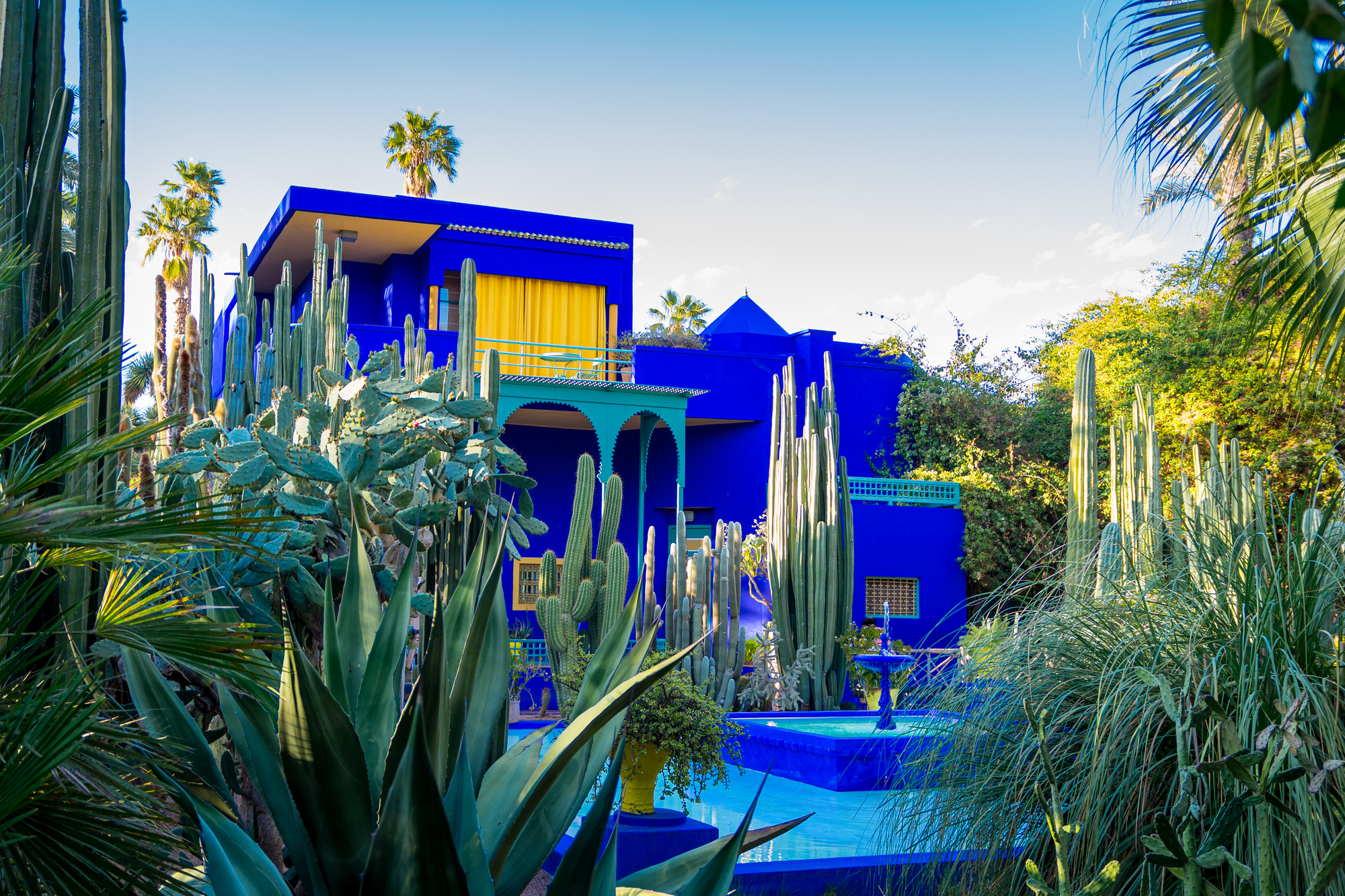
Marrakech’s position at the foot of the Atlas Mountains creates a natural light reflection that bathes the red city in warm tones that deepen throughout the day. The medina’s high walls and narrow alleys create dramatic contrasts between bright courtyards and shadowy passages, while the famous ochre buildings seem to generate their warm glow.
Late afternoon light transforms the city’s many rooftop terraces into golden observation decks overlooking the atmospheric souks below. The desert’s clear air ensures sharp shadows and brilliant highlights that emphasize the intricate geometric patterns characteristic of Islamic architecture.
Like Travel Pug’s content? Follow us on MSN.
Charleston, South Carolina
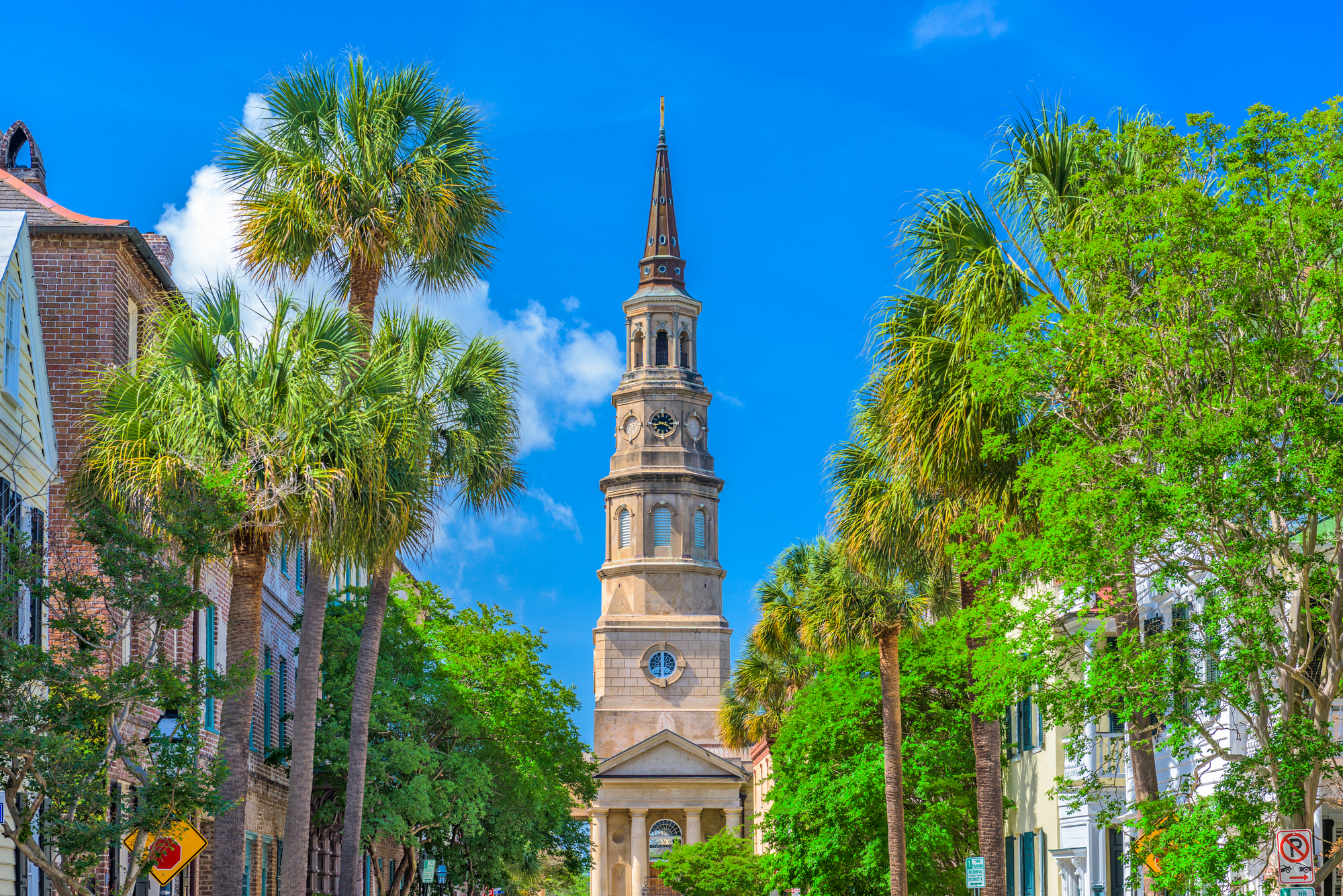
Charleston’s Lowcountry position near extensive marshlands and waterways creates atmospheric conditions that soften and warm available light throughout most days. The city’s antebellum architecture benefits from this gentle illumination, which enhances pastel-painted facades and highlights intricate ironwork details without creating harsh shadows.
Spanish moss hanging from ancient live oaks acts as natural diffusion, creating dappled light patterns across historic streets and garden squares. The proximity to the Atlantic Ocean provides natural light reflection while sea breezes prevent the harsh glare that often afflicts coastal cities.
Paris, France
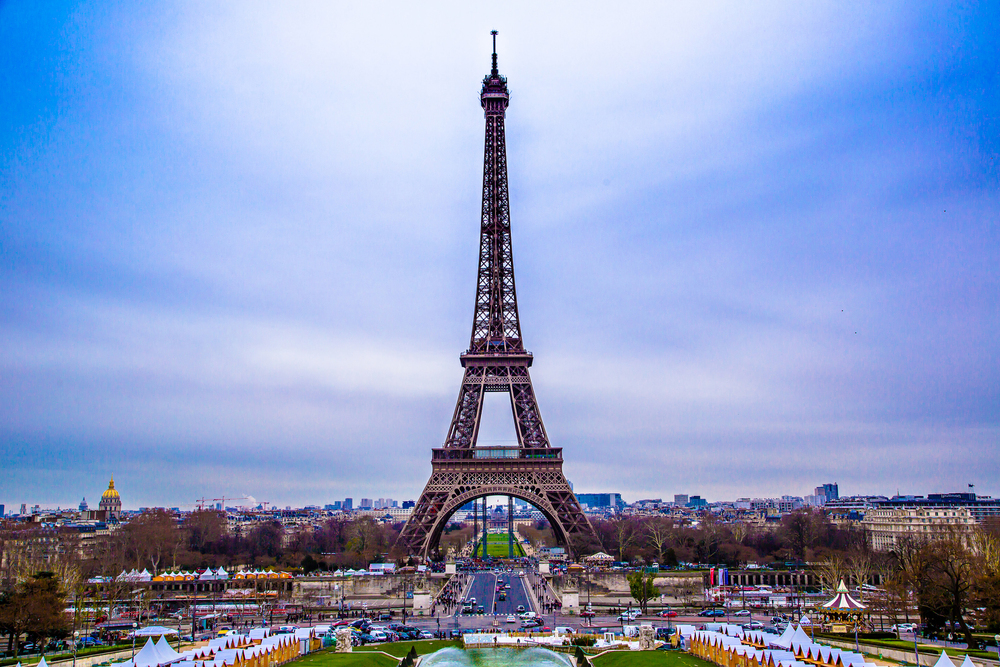
Paris earns its reputation as the “City of Light” through more than just evening illumination—the Seine’s meandering path through the city creates a constant light reflection that brightens even narrow medieval streets. The city’s predominantly cream-colored limestone buildings warm beautifully under European light, while wide boulevards allow illumination to penetrate deep into urban neighborhoods.
The famous wrought-iron balconies and architectural details cast intricate shadow patterns that change throughout the day, creating visual interest in even the most ordinary buildings. Morning light filtering through plane trees lining major avenues creates the dappled illumination that makes Parisian streets instantly recognizable.
Cape Town, South Africa

Cape Town’s position beneath Table Mountain creates unique lighting conditions as the flat-topped peak blocks and redirects sunlight across the city bowl throughout different times of day. The confluence of the Atlantic and Indian Oceans provides multiple water surfaces for light reflection, while the surrounding wine valleys create an atmospheric haze that softens the harsh African sun.
The city’s colorful Bo-Kaap neighborhood becomes especially vibrant under South Africa’s intense light, while waterfront areas benefit from constant marine light reflection. Table Mountain’s frequent cloud cover creates dramatic shifting patterns of light and shadow across the urban landscape below.
Like Travel Pug’s content? Follow us on MSN.
Chania, Crete
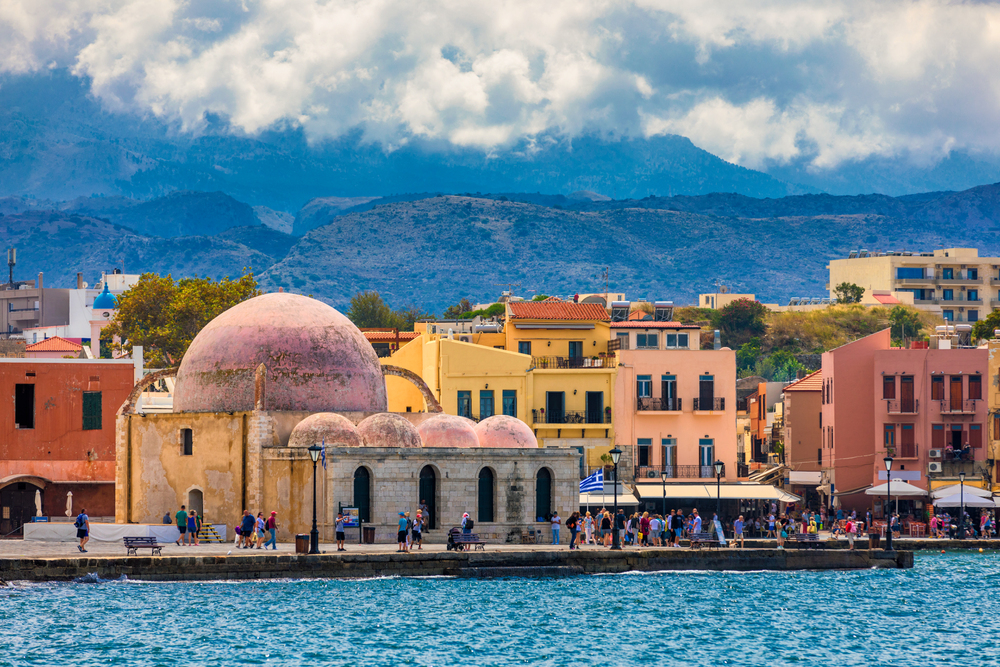
Chania’s Venetian harbor and Ottoman-influenced architecture create picture-perfect lighting conditions enhanced by the Mediterranean’s crystal-clear air and intense sunshine. The old town’s narrow streets and overhanging balconies create cooling shadows, while the famous lighthouse and waterfront reflect brilliant light across historical facades.
The combination of honey-colored stone buildings and turquoise harbor water provides natural color harmony that seems designed for photography. Morning and evening light transforms the harbor into a mirror that doubles the visual impact of surrounding architecture while gentle sea breezes ensure comfortable conditions for extended outdoor observation.
The Science Behind the Magic
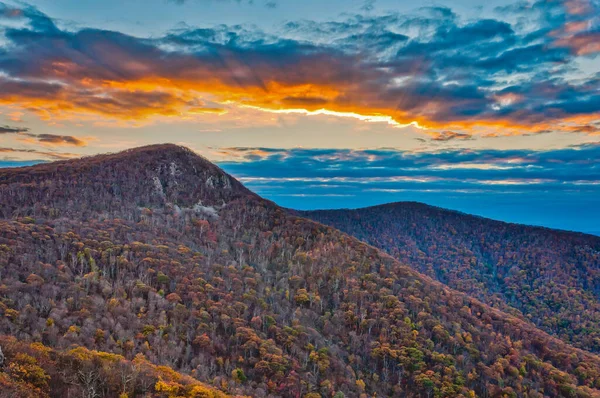
These cities share certain geographical and architectural characteristics that create consistently beautiful light—proximity to water bodies for reflection, strategic positioning relative to terrain features, and building materials that respond warmly to illumination. Their light quality results from complex interactions between latitude, topography, climate, and human design decisions accumulated over centuries.
Understanding why these places look so consistently photogenic helps us appreciate both natural forces and cultural choices that shaped their development. The magic lies not in accident but in the fortunate combination of geography and human settlement creating environments where light becomes a defining characteristic of urban identity.
More from Travel Pug

- Cities Growing so Fast You Won’t Recognize Them in 10 Years
- 13 Destinations Where Tourists Regularly Regret Their Trip
- 16 U.S. Cities That Are Quietly Becoming Travel Hotspots
- Where to Travel If You Love Long Bus Rides and Daydreams
- 20 Cities Perfect for Solo Travelers Who Crave Adventure & Culture
Like Travel Pug’s content? Follow us on MSN.
